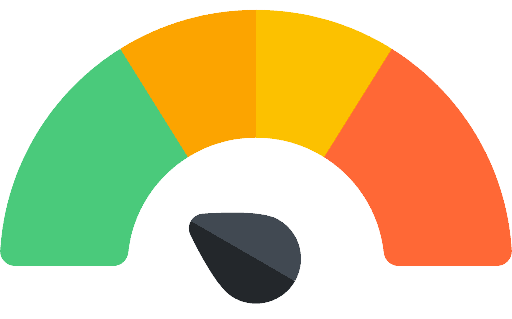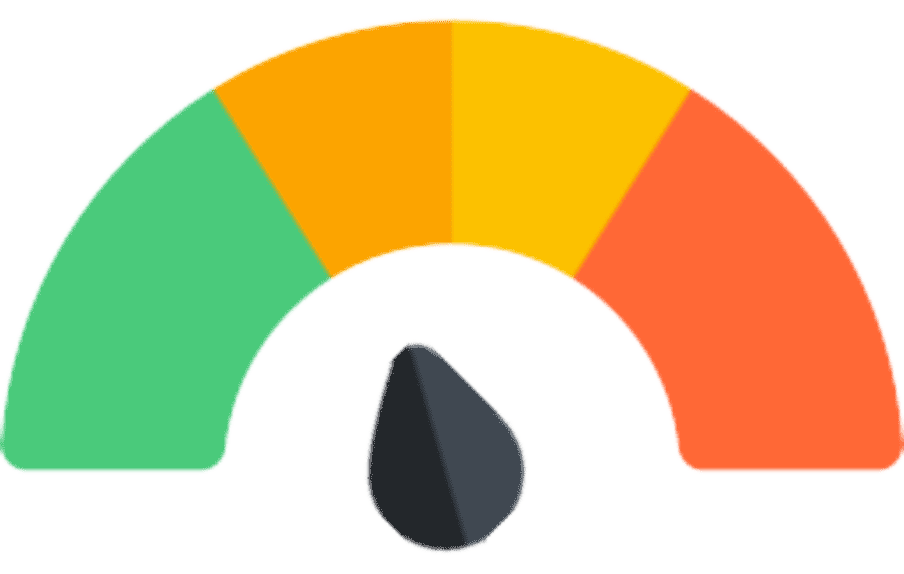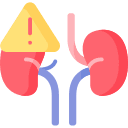ETIZOLAM
THERAPEUTICS
Class
- Neuroscience-based Nomenclature: GABA Positive Allosteric Modulator (GABA-PAM) Thienodiazepine Derivative (closely related to benzodiazepines but structurally distinct)
ETIZOLAM commonly prescribed for
(Bold for FDA approved)
 How ETIZOLAM works
How ETIZOLAM works
• Binds to benzodiazepine receptors at the GABA-A ligand-gated chloride channel complex
• Enhances the inhibitory effects of GABA
• Boosts chloride conductance through GABA-regulated channels
• Inhibits excessive neuronal activity in the amygdala, which is central to anxiety regulation, providing therapeutic effects in anxiety and panic disorders.
• Its effect on GABA-A receptors in the cerebral cortex and brainstem contributes to its hypnotic properties, making it effective for insomnia and other sleep disturbances.
How long until ETIZOLAM works
• While immediate relief is common, consistent dosing over several days may be required to achieve stable and sustained therapeutic benefits.
SIDE EFFECTS
 Notable Side Effects
Notable Side Effects
• Sedation, fatigue, dizziness, ataxia, confusion, memory impairment
• Depression, irritability, nervousness
• Weakness, dry mouth, blurred vision
• Nausea, constipation
• (Rare) Hallucinations, mania
• (Rare) Hypotension, palpitations
• (Uncommon) Rash, itching
• (Uncommon) Headaches, sleep disturbances
 Life Threatening Side Effects
Life Threatening Side Effects
• Respiratory Depression: Especially with CNS depressants or overdose
• Hepatic/Renal Dysfunction: Liver toxicity, kidney issues
• Blood Disorders: Leukopenia, thrombocytopenia (rare)
• Seizures: In overdose or withdrawal situations
weight gain

unusual
sedation

not usual
What to do about ETIZOLAM side effects
• Wait
• Wait
• Wait
• Lower the dose
• Take largest dose at bedtime to avoid sedative effects during the day
• Switch to another agent
DOSING AND USE
usual dosage range
• Anxiety: 0.5–1 mg/day, typically in 2–3 divided doses
• Panic Disorders: 1–2 mg/day, divided into 2–3 doses
• Insomnia: 0.25–0.5 mg at bedtime
 Dosage Forms
Dosage Forms
• Tablets: 0.25 mg, 0.5 mg, 1 mg
long term use
• Risk of dependence, particularly for treatment periods longer than 12 weeks and especially in patients with past or current polysubstance abuse.
habit forming
• Etizolam is a Schedule IV drug
• Patients may develop dependence and/or tolerance with long-term use
SPECIAL POPULATIONS
 Renal Impairment
Renal Impairment
• Dose should be reduced
 Hepatic Impairment
Hepatic Impairment
• Dose should be reduced
 Cardiac Impairment
Cardiac Impairment
• Etizolam have been used to treat anxiety associated with acute myocardial infarction
 Elderly
Elderly
• Should receive lower doses and be monitored
 Children and Adolescents
Children and Adolescents
• Safety and efficacy not established in panic disorder
• For anxiety, children and adolescents should generally receive lower doses and be more closely monitored
• Long-term effects of etizolam in children/adolescents are unknow
 Pregnancy
Pregnancy
• Possible increased risk of birth defects when benzodiazepines are taken during pregnancy
• Because of the potential risks, Etizolam is not generally recommended as treatment for anxiety during pregnancy, especially during first trimester
• Drug should be tapered if discontinued
• Infants whose mothers received a benzodiazepine late in pregnancy may experience withdrawal effects
• Neonatal flaccidity has been reported in infants whose mothers took a benzodiazepine during pregnancy
• Seizures, even mild seizures, may cause harm to the embryo/fetus
 Breast Feeding
Breast Feeding
• Some drug is found in mother’s breast milk
• Recommended either to discontinue drug or bottle feed
• Effects on infant have been observed and include feeding difficulties, sedation, and weight loss
Based on data Published online by Cambridge University Press
Compiled by Dr. Jash Ajmera